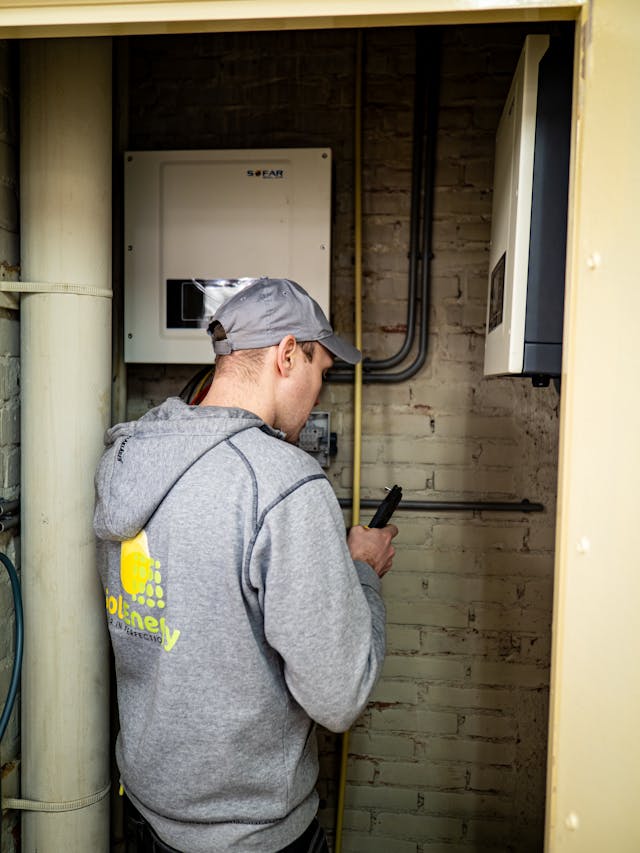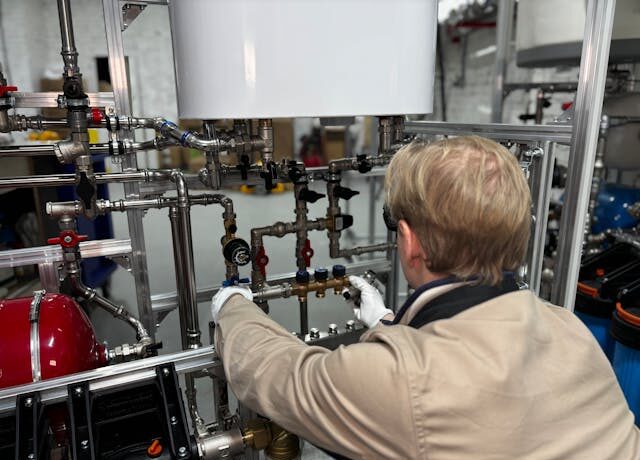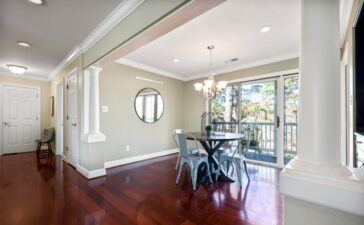Plumbing systems are a critical element in the operation of Australian residences and commercial buildings, but they tend to get noticed only when a problem arises. Since the pipes, fixtures, and drainage systems are mostly concealed from view, one may easily take for granted that everything is working properly. The majority of the homeowners do not take the routine inspections seriously because they think that small plumbing problems are not urgent. Toilet, sink or faucet that is draining slowly, dripping or making a little noise is not a big deal, right? However, these small signs often indicate that the system has become less efficient or that a fault is developing. Eventually, when the issue becomes worse, one might consider resorting to the help of reputable plumbing companies like Advanced Melbourne Plumbers to fix problems that could have been eliminated through simple maintenance carried out early.
Water Damage That Slowly Spreads Through the Property
One of the most considerable hidden costs of neglecting plumbing maintenance is gradual water damage. Tiny leaks inside the walls, under the floors, or behind the cabinets can leak for several months without being detected. Gradually, moisture starts to penetrate the building materials like timber framing, plasterboard walls, and floor coverings. In many Australian households, the wood may become rotten, swollen, and discoloured, leading to the area where the foundation is weakened due to prolonged moisture. Not only is the cost for this kind of damage repair very high, but it can also risk the stability of the entire building. Moreover, the moisture buildup fosters the proliferation of mould that eventually covers the surfaces and releases spores into the atmosphere. The process of mould removal can be very costly and complicated, requiring sometimes even the use of specialised equipment and professionals.

Higher Utility Costs from Wasted Water and Energy
If you neglect your plumbing systems, it is not only going to cost you repairs but also your monthly household bills will be affected. A dripping tap, for instance, can lead to the loss of thousands of litres of water in a year. A constantly running toilet or leaking showerhead can cause the water bill to be noticeably higher. In Australia, where water conservation is a priority because of the ever-present drought and fluctuating water supply, the wasting of water is both a problem for the environment and a drain on the pocket. Besides the water bill, energy costs may also go up if plumbing repair work is overlooked. A bad hot water system uses more power to heat water than is actually required because of the sediment or components that are worn out, or even the varying water pressure that all lead to decreased system efficiency.
Plumbing Emergencies That Demand Immediate and Costly Repairs
Ignoring plumbing maintenance is a sure shot way to be caught up with a sudden emergency as one of the biggest risks. Even though small blockages might not seem like a big issue, they can escalate into a significant problem, overflown drains and blown pipes can be the outcome of this. A small inconvenience can become a major problem needing the intervention of a professional plumber right away. Emergency plumbing services are generally pricier because of how urgent the situation is and also how specialised the equipment needed is. Flooding from broken pipes can result in uninhabitable areas, such as floors damaged and furniture ruined, besides the electrical systems being spoiled. The cleanup may be extensive, at times requiring even the relocation of occupants, structural repairs, and the disposal of the restored belongings.

Reduced Lifespan of Appliances and Plumbing Fixtures
Neglecting plumbing maintenance also influences the life span of household appliances and fixtures. Dishwashers, washing machines, hot water units, and other water-dependent appliances depend on a steady flow of water and unobstructed supply lines in order to run efficiently. When sediment, wear, or blockages develop, these appliances have to work harder thus getting old quickly. The cost of replacing large appliances can be very high, particularly when the damage is a result of plumbing issues that could easily be prevented. Similar to appliances, fixtures such as taps, showerheads, and toilets can also deteriorate faster when maintenance is neglected. Mineral buildup, rusting, and leaks are some of the factors that cause these fixtures to become less effective and sometimes even force the owners to buy new ones.
Decreased Property Value and Potential Compliance Challenges
Real estate properties having plumbing issues that have not been solved still encounter problems when they want to sell. The buyers are always reluctant to buy houses that have overt or even hidden problems like water damage, mould, and old plumbing. Sometimes, plumbing problems that are not visible during normal inspections become known, resulting in the property getting a lower price or the seller having to do repairs before the buyer takes over. These plumbing issues, along with others, make the property less attractive, therefore they can even prolong or complicate the process of selling the house. In Australia, there are times when specific plumbing requirements and codes must be followed for properties, especially if renovations or improvements are to be made.





